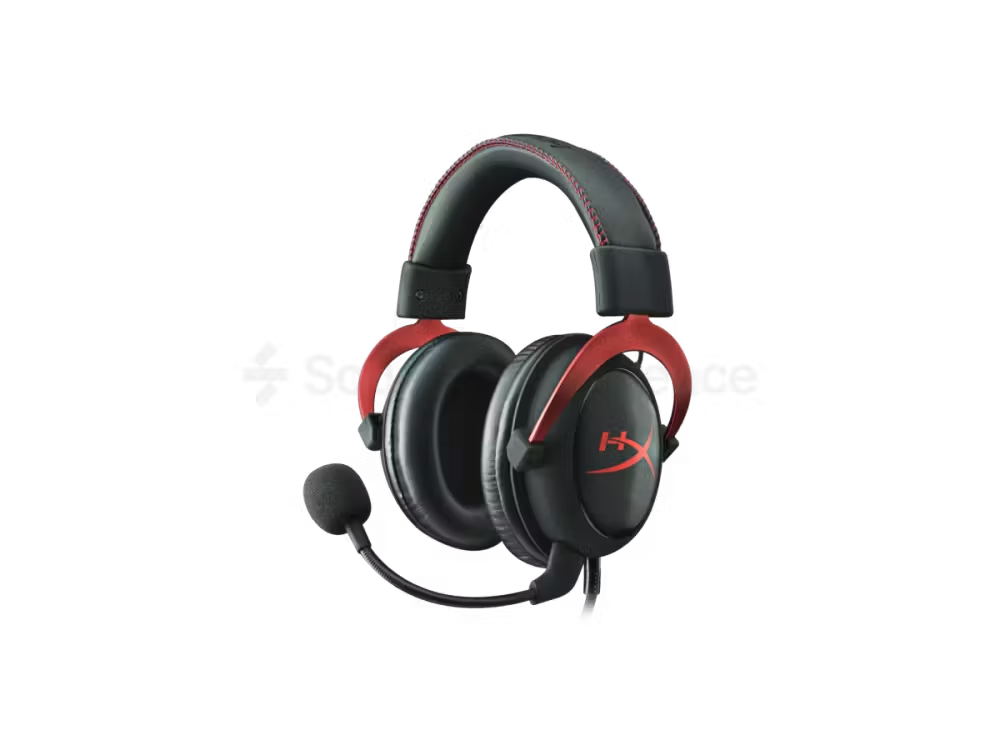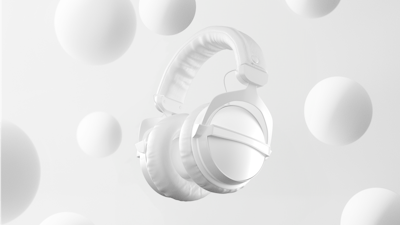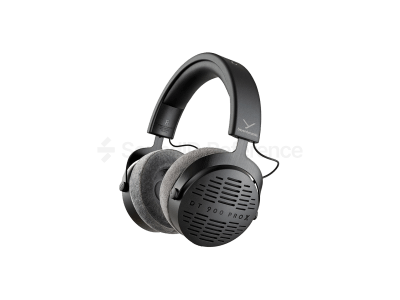You must think we’re kidding, right? A gamer headphones (made by Kingston!) fit for serious studio use? Well, I’m not a huge fan of the flashy looks, but it’s hard to argue that as an overall package the value is off the charts. Heck, they even throw in an extra set of pads and a DAC+headamp dongle. So read on to find out what’s there to love with the HyperX Cloud II!
- Decent sound performance for a closed back headphone
- Included USB dongle sweetens the deal considerably
Pros list with SoundID Reference calibration
- Calibration gets rid of the smiley curve, so mixing is effortless
- Earpads can get sweaty
- A resonance anomaly at 4.2kHz
- The looks aren’t for everyone
- Sub-bass THD is on the high side
- Smiley curve can steer you off-course
- Sub-bass will distort at a higher volume
The 60 Ohm impedance puts the HyperX Cloud II squarely in the middle of the impedance chart. Most laptop headphone outputs shouldn’t have a problem driving these headphones even with enabled calibration. And if your laptop tends to struggle, you’re in luck! The included USB dongle acts as a very decent DAC and headphone amp to make the output issue moot.
For the price, there are no real nits to pick about the build quality. The earcups are connected to the headband by aluminum yokes similar to those found on the Beyerdynamic DT 990 Pro. All of the padded contact surfaces are made out of soft pleather. The extra set of earpads are plush and feel like those on Sennheiser open-back circumaural headphones like the Sennheiser Sennheiser HD 650. The cable is soldered to the earcup, so swapping it out will require a full disassembly. Luckily the cable has a fabric sleeve which makes it non-microphonic.
The frequency response doesn’t look too impressive if you compare it to the likes of Sennheiser HD 650, but for a closed-back headphone at this price range the HyperX Cloud II is doing very well. Generally the frequency response shows a typical U-curve which sounds exciting, but can be misleading if trusted for engineering work. Depending on how you look at it, the mids can either be thought as scooped or the bass and highs can be viewed being boosted. Interestingly enough, the high frequencies are boosted without pronounced spikes, so they’re easier to work with. Only the dip at 4.2kHz strikes us as unusual. It’s not very audible, as often is the case with dips, but it correlates with a THD spike which means that a strong resonant mode is at work there.
It’s high-end. Cloud II has superb channel matching and sample to sample variation is in line with the best from brands like Sennheiser. The price point makes me think that they’re not throwing out many drivers to get there, which means that their manufacturing is seriously on-point. What’s interesting is that the Cloud II doesn’t suffer from channel imbalance due to single-entry cable which often means that the inner cavity of the earcups is different. Stellar job, Kingston!
The comfort is good, but not stellar. There aren’t any pressure points to annoy you after hours of work, however, the pleather earpads can get sweaty. Generally, it’s on par with other closed-back headphones, yet due to a lighter weight the Cloud II might be easier on the neck muscles than say the Neumann NDH 20.
You can find the HyperX Cloud II for 90$ or even less. Just by sound quality alone, this makes them a terrific value. When you take into account that you get an extra set of ear pads, a mic and a USB dongle that’s essentially an audio interface, the value proposition is out of this world.
Distortion is on the low side except for the sub-bass and the strange peak at 4.2 kHz. Sub-bass will be colored, but the upper mid peak won’t cause trouble unless you’re focusing on this very narrow region.
The ear pads do offer some wiggle room for your ears, but the overall tonality doesn’t shift too much.
How much do they differ pair to pair in terms of frequency response?This was a nice surprise from a company that hasn’t made a name for itself in the audio industry. Sample to sample variation is positively small.
Rating
Conclusion
An extremely solid entry-level closed-back headphone from your favorite computer RAM manufacturer. Highly recommended!
Final Rating
Calibration Enabled
Calibration






